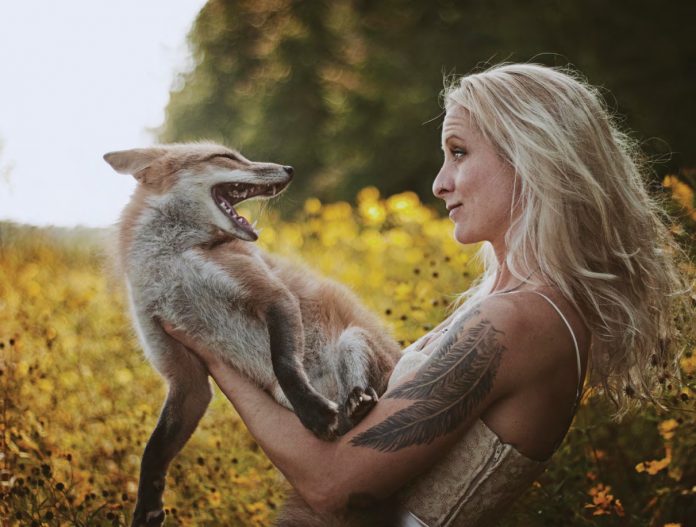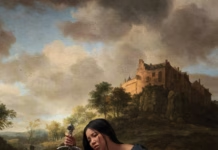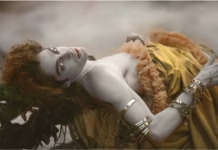High on a lone hill in spring, a svelte and lithe nocturnal hunter stalks her prey, leaping and diving into a rabbit warren or stealthily catching a bird and carrying sustenance back to her den, where her hungry kits wait to feed. Who is this night hunter shining copper in the moonlight and why is she so prominent in our folklore and mythic consciousness? We’ve been asking ourselves questions about foxes for as long as we’ve coexisted with them. Perhaps the most enduring question of all is not “what does the fox say,” but “what does the human fascination with foxes say about us?” Why are foxes such an appealing animal to humankind, and indeed, a recent trend in fashion, home goods, and music?

Foxes are prominent in both Eastern and Western folklore, and their characteristics and mythic meanings actually tend to stay pretty consistent among different mythologies. They represent the trickster or the shapeshifter (sometimes both), the feisty but good-natured source of mischief either intimate or intellectual, but they are very rarely dangerous. They are known for their “shenanigans,” a word that actually originated from the Irish expression sionnachuighim, which means “I play the fox.”
The fox in the human world can stir mixed emotions. Every farmer knows the devastation a fox can wreak on a chicken coop, yet who can deny the magic of glimpsing that copper-furred creature against the snow at twilight? Foxes can live close to man and somehow remain rather hard to find. In the outstanding movie-and-nature-documentary hybrid The Fox and the Child, a little girl comes across a fox in her home of the Jura mountains of France. She patiently searches for the creature every day for months afterward. She finally sees the fox again (and I will refrain from summarizing any more of the plot), but it takes the very fixated determination of an imaginative child to track down the magically elusive animal.

The nature of a fox seems to incorporate aspects of humanity’s two most common domesticated animals, the dog and the cat. They are mysterious yet playful, loyal yet somehow always giving off a feral energy, even when bred for domestication. Anyone who has owned a fox and had one in his or her home can confirm its wild and musky smell that can never quite be disguised. This combination of a mysterious wildness with a sweet and familiar appearance teases us, and perhaps inspires the shape-shifting and seductive “Kitsune” of Japanese mythology. The Kitsune are fox women, and, like the selkies (seal women) of Irish and Scottish myth, they can be loyal and loving mates but can also change back into their fox form and disappear, never to be seen again. The Kitsune is also known for her wisdom, and the more tails she possesses (up to nine), the older and wiser she may be.
In the world of C.S. Lewis, Narnian foxes are neither seducers nor tricksters. The character of Mr. Fox from The Lion, the Witch, and the Wardrobe is a loyal servant of Aslan, who risks his life upon more than one occasion to aid the Pevensie children and Aslan’s cause. In The Fantastic Mr. Fox by Roald Dahl, we end up cheering for the fox family even though we know they are stealing from human farms and making trouble.
With their enigmatic and shape-shifting character, their capacity for destructive mischief along with their stunning appearance, foxes are truly creatures that seem close to the capricious and whimsical realm of Faerie. We see something of nature in them, and something of our own nature. They have one paw in each world, and we love them for it.
Article from Issue #30
Subscribe // Print // Digital
Images by Rachel Lauren Photography




































